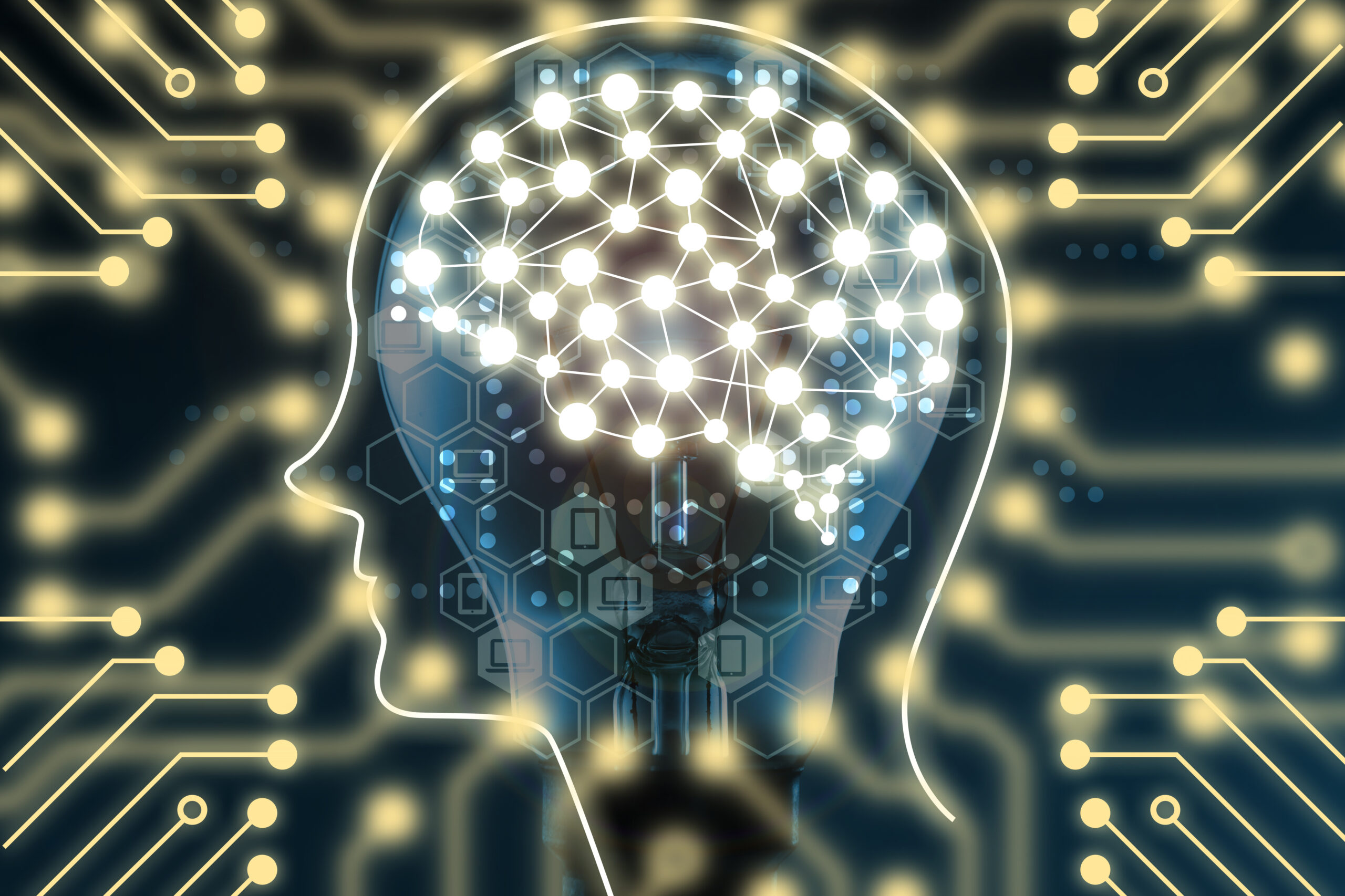Artificial intelligence is a buzzy phrase that seems to be permeating every industry, from finance to health care to education. But it’s also permeating across lines of business within those industry segments. Learning and development leaders, for example, are likely asking themselves, “How will this affect learning? What opportunities are there and what is the role AI will play?”
Ready or not, it seems that AI has made its way into L&D and the time to act is now. With the increasing pace of technological changes, L&D leaders need to modify their approaches accordingly.
AI in Learning & Development
As evidenced by the AI-integration, computer software is updating frequently — tens, and sometimes hundreds of times a year. It’s important that the tools available to help train employees on these platforms keep up with the platforms themselves and become increasingly intuitive and helpful.
When breaking down the capabilities that machine learning has to offer the learning and development space, there are two clear avenues: knowledge management and content development.
Leveraging Data in Your Knowledge Management
We are experiencing a vast shift in how organizations collect knowledge content and then disseminate it to employees. As it stands, many companies are utilizing learning management systems to do this. Historically, this service was completed internally but it’s now being moved to the cloud, which has created a completely new opportunity for automation and machine learning to be embedded into learning management systems, thus enhancing the learning experience.
With AI now integrated into the cloud-based knowledge systems through services like IBM’s Watson, trends and user information can be captured and analyzed, with patterns in behavior becoming critical to improved experiences. Through automation, these consumption reports are reviewed for patterns, and then the system can proactively recommend actions to a specific employee, as well as their colleagues in similar roles, departments or skill sets.
Additionally, using data offered through single sign-on integrations and AI technology, the experience of searching for learning assets can be enhanced and tailored to every individual in your organization. That type of personalization and relevancy can prove to be a significant performance and engagement changer for any organization.
This approach to data-driven learning is changing the way employees experience training materials, automating the analysis of those experiences and creating a much more effective adoption program, no matter the software or technology being adopted.
AI-enhanced Content Assets
Regardless of generational differences, self-help content is offered via learning videos as the most frequented access point to training, outpacing in-person and over-the-phone IT support. While this is currently the most popular tool, it also presents the biggest opportunity for enhancements through machine learning.
Right now, machine learning is being used to optimize training videos; for example, through an AI-generated table of contents, based on when a user is pausing, skipping or stopping and how long they’re spending on specific sections of the video. When machine learning is layered into the training material, it drives the efficiency of that content, providing employees with the information they’ll most likely want, broken down in the most digestible way possible.
Ultimately, this creates efficiencies and delivers a more enjoyable learning experience — not to mention helps to boost adoption rates. AI-enabled videos show improved engagement rates by two to four times, as measured by average percentage of video watched.
New Opportunities in the New Year
There are so many opportunities for machine learning to bolster the change enablement and learning approaches for organizations, but it’s important to make sure that this is being optimized from both the system and content perspectives.
Organizational change management and learning professionals all strive to enable desired behavior changes — AI should be considered the most effective technology to help aid an individual’s decision to embrace the change at hand.















